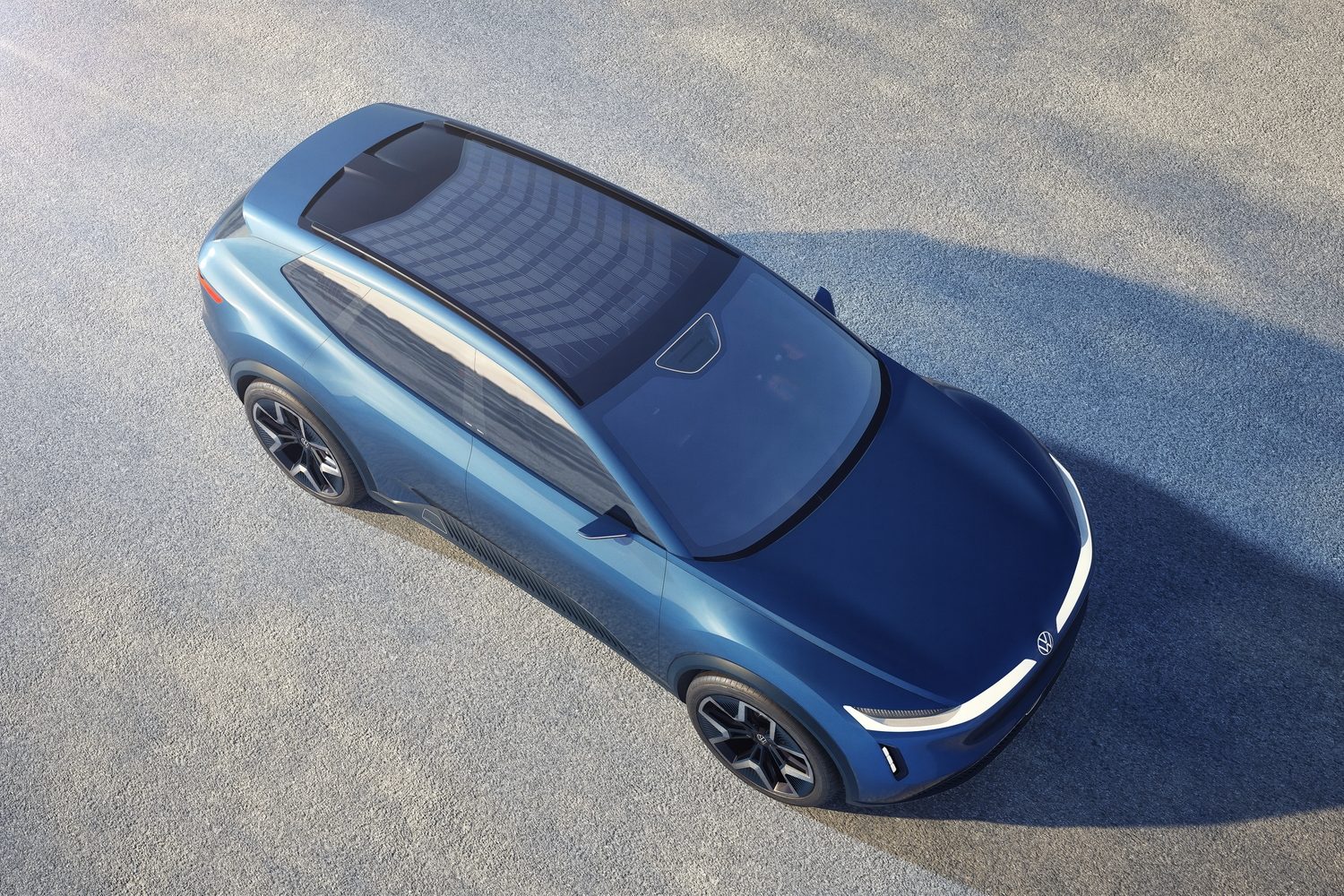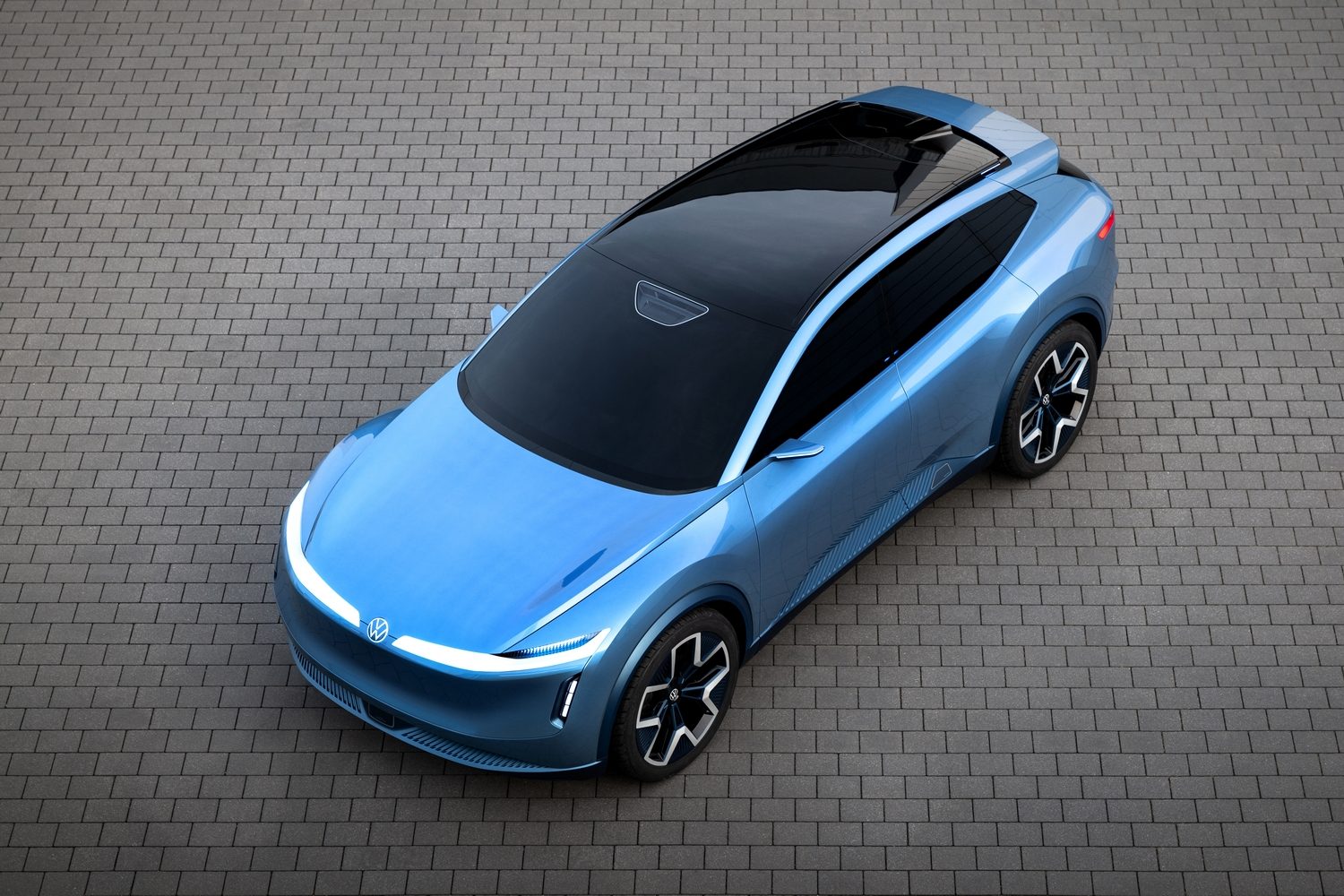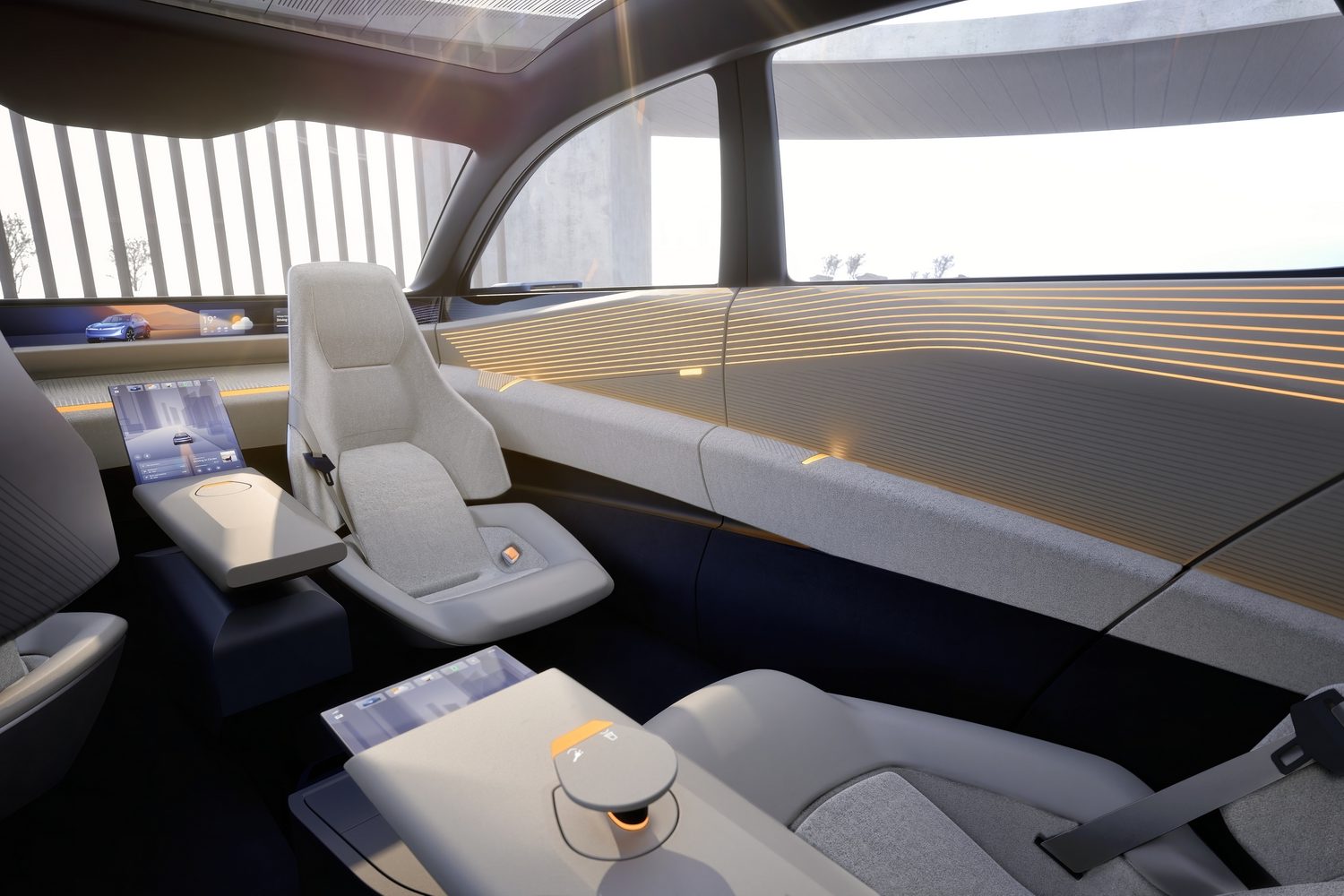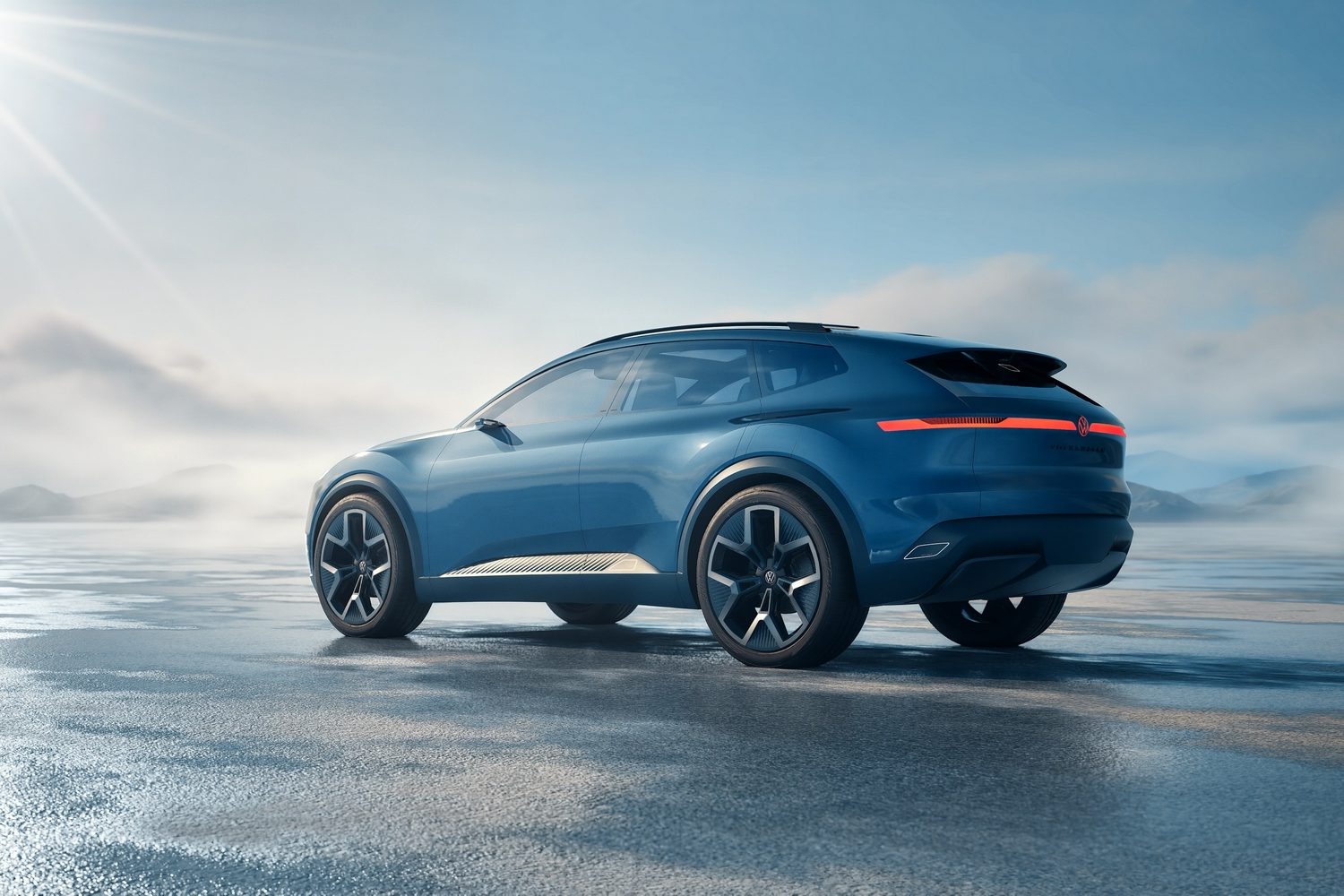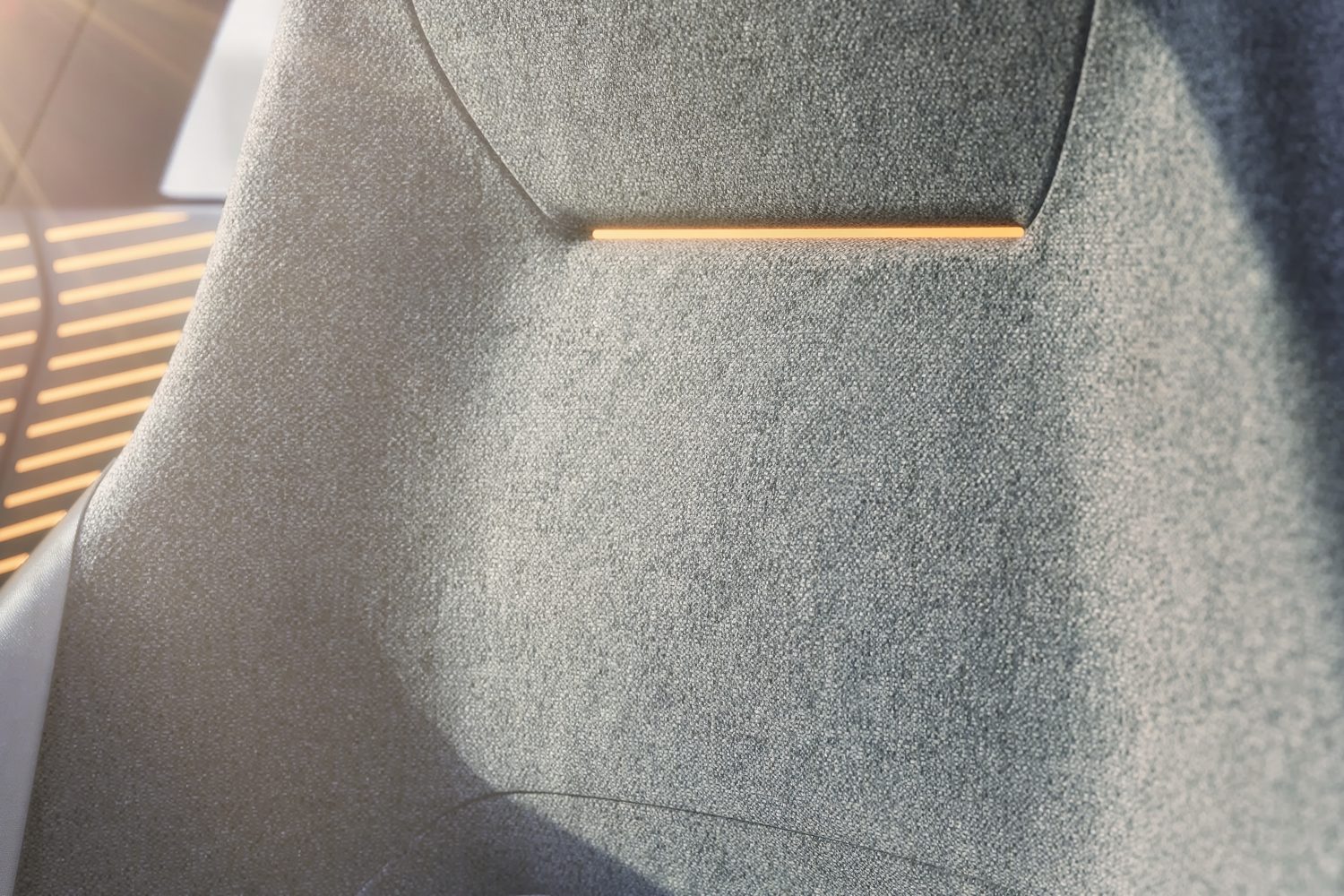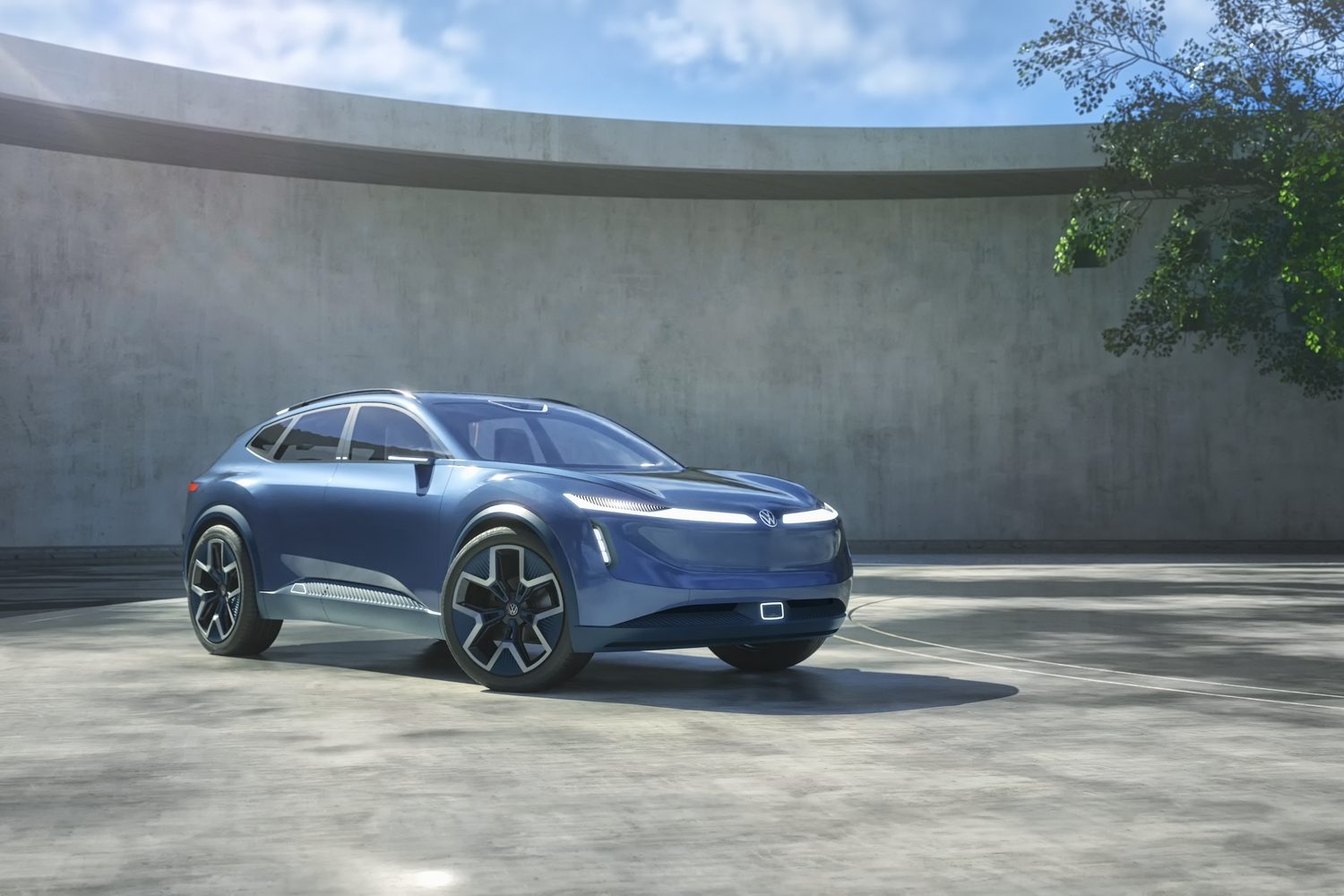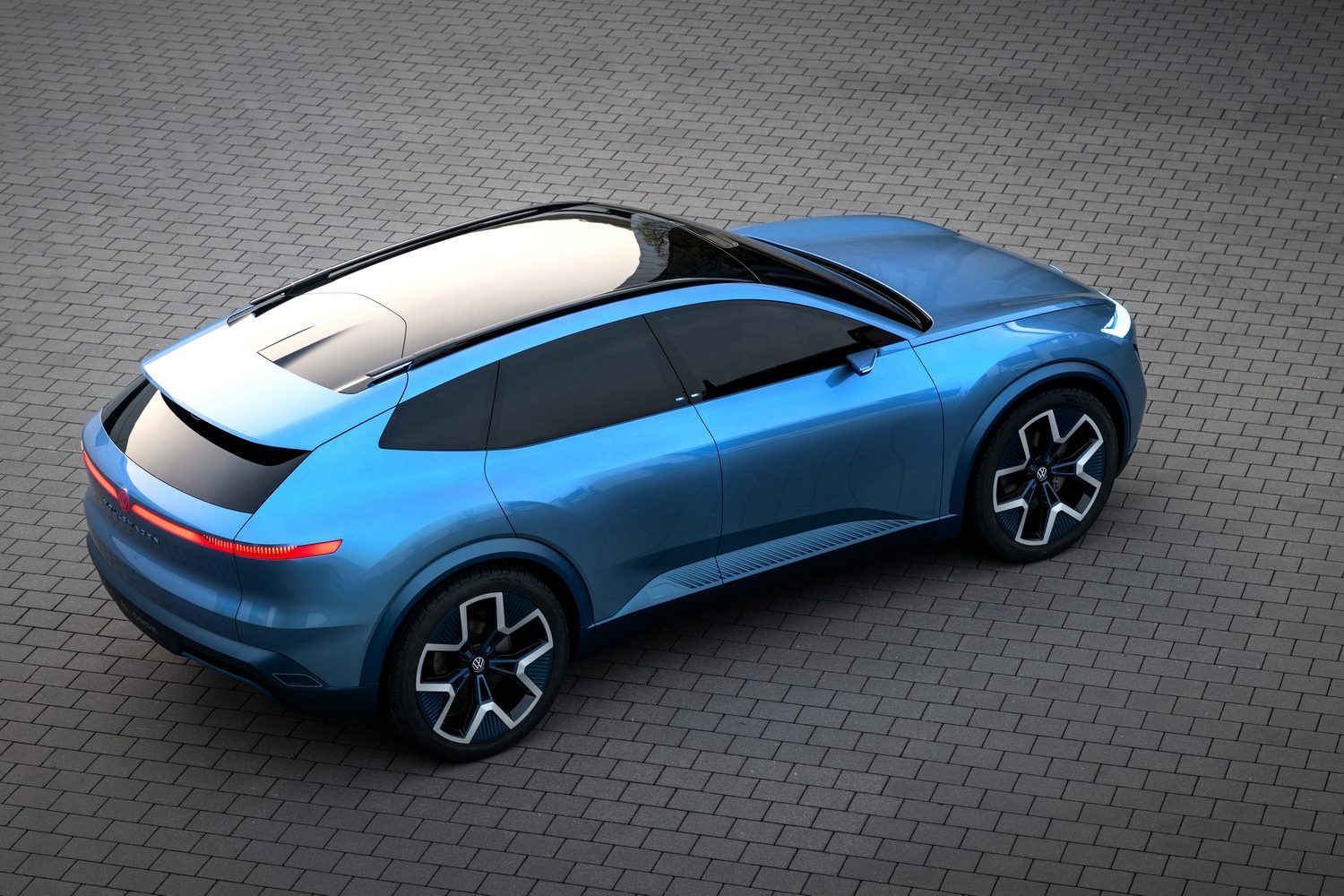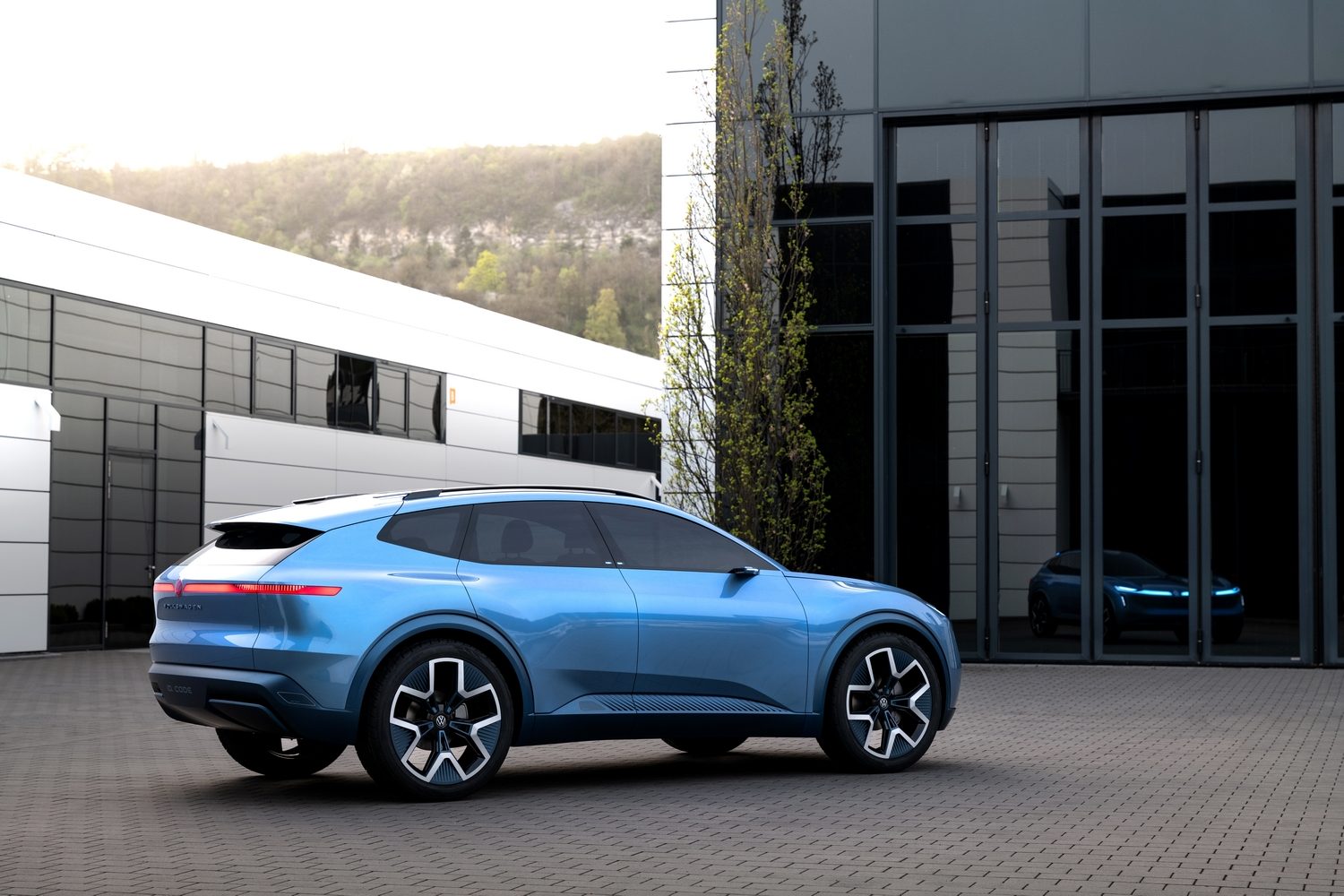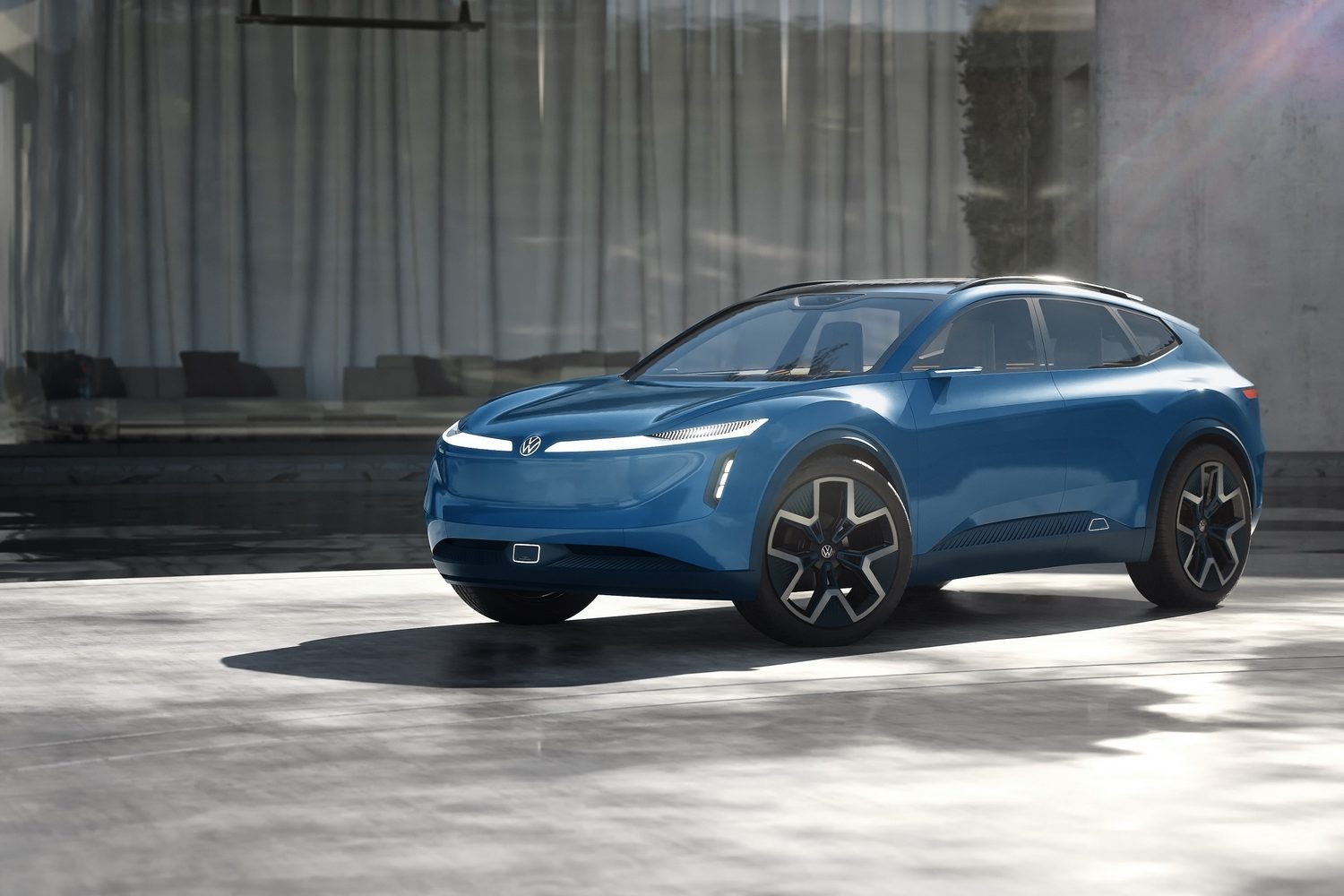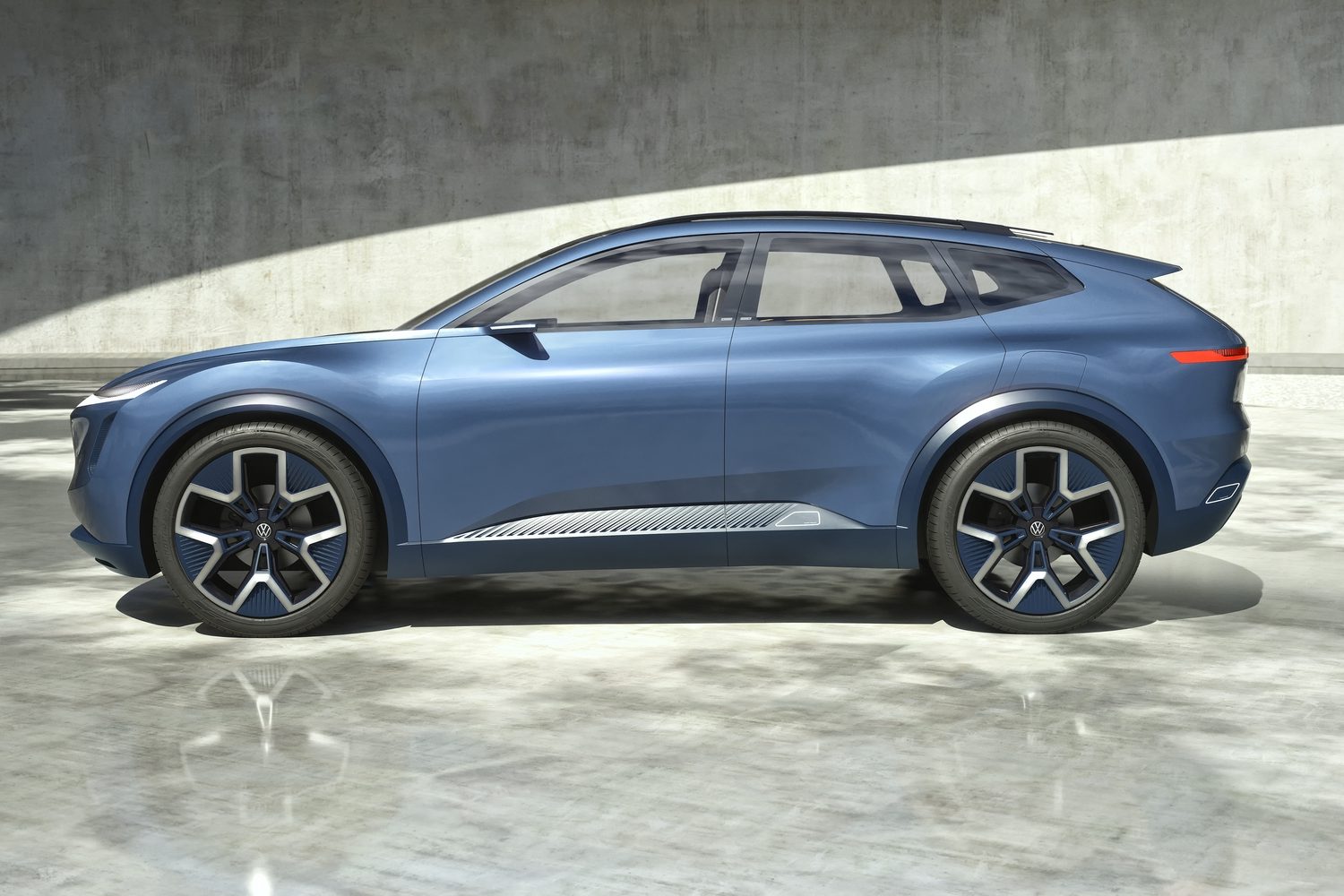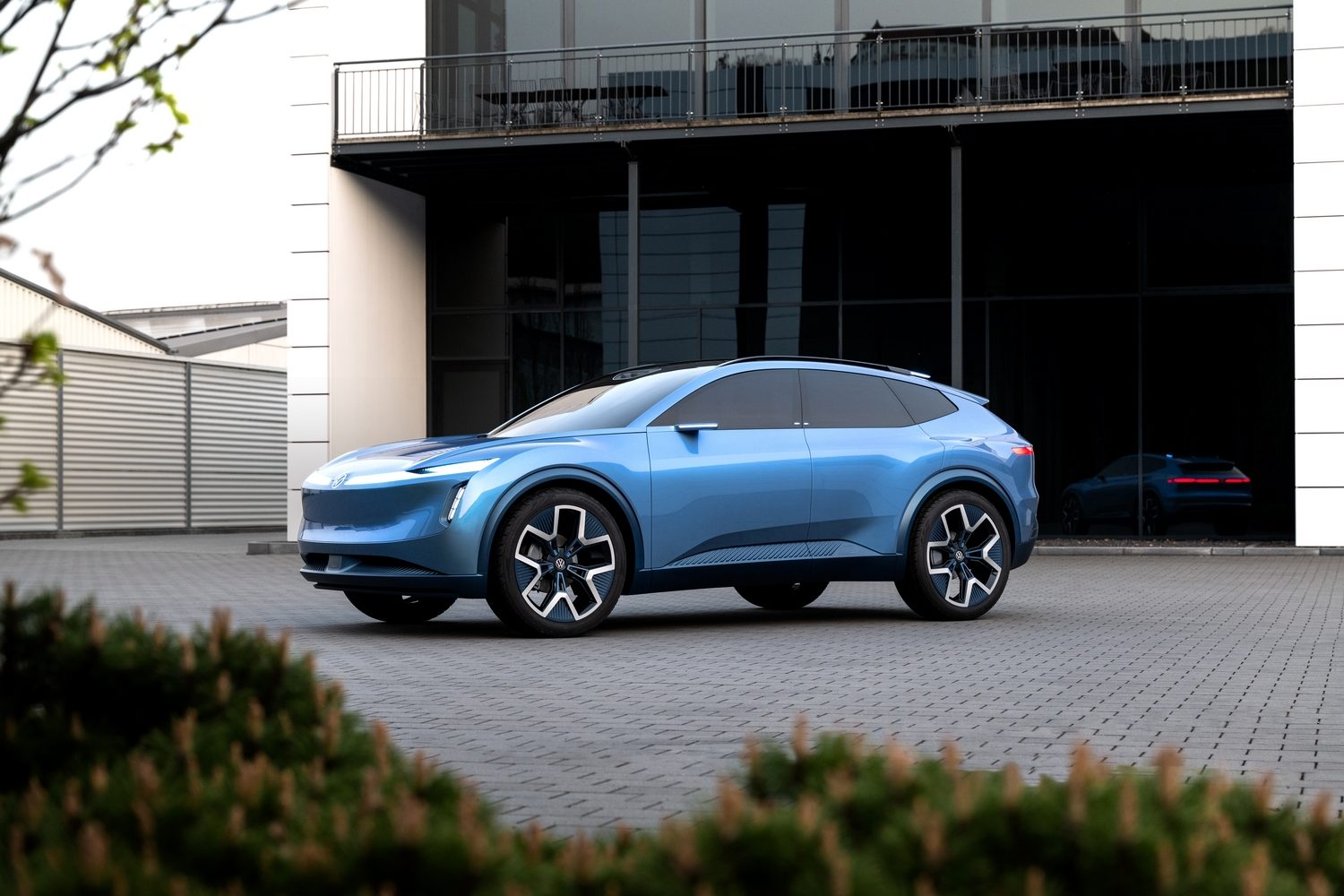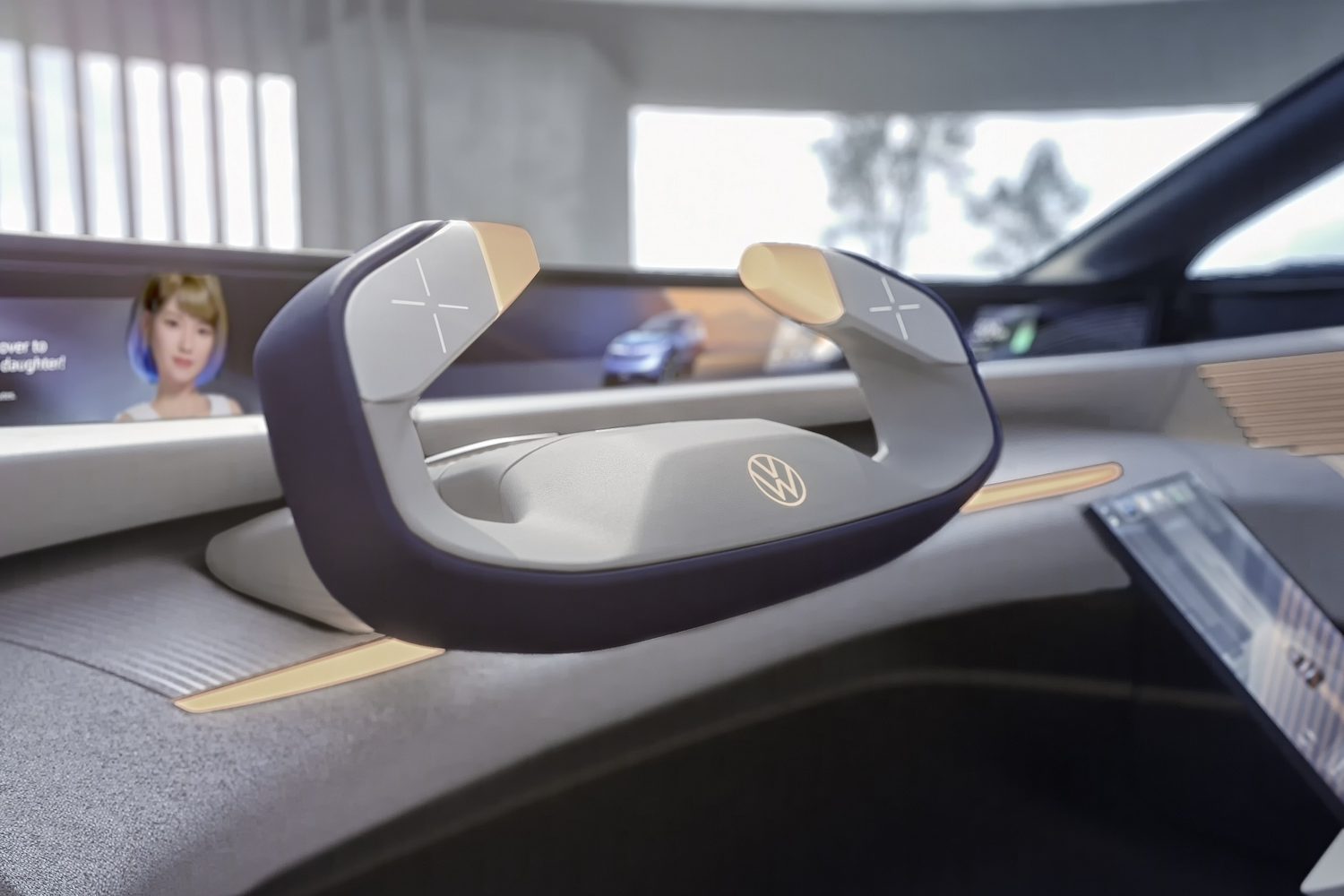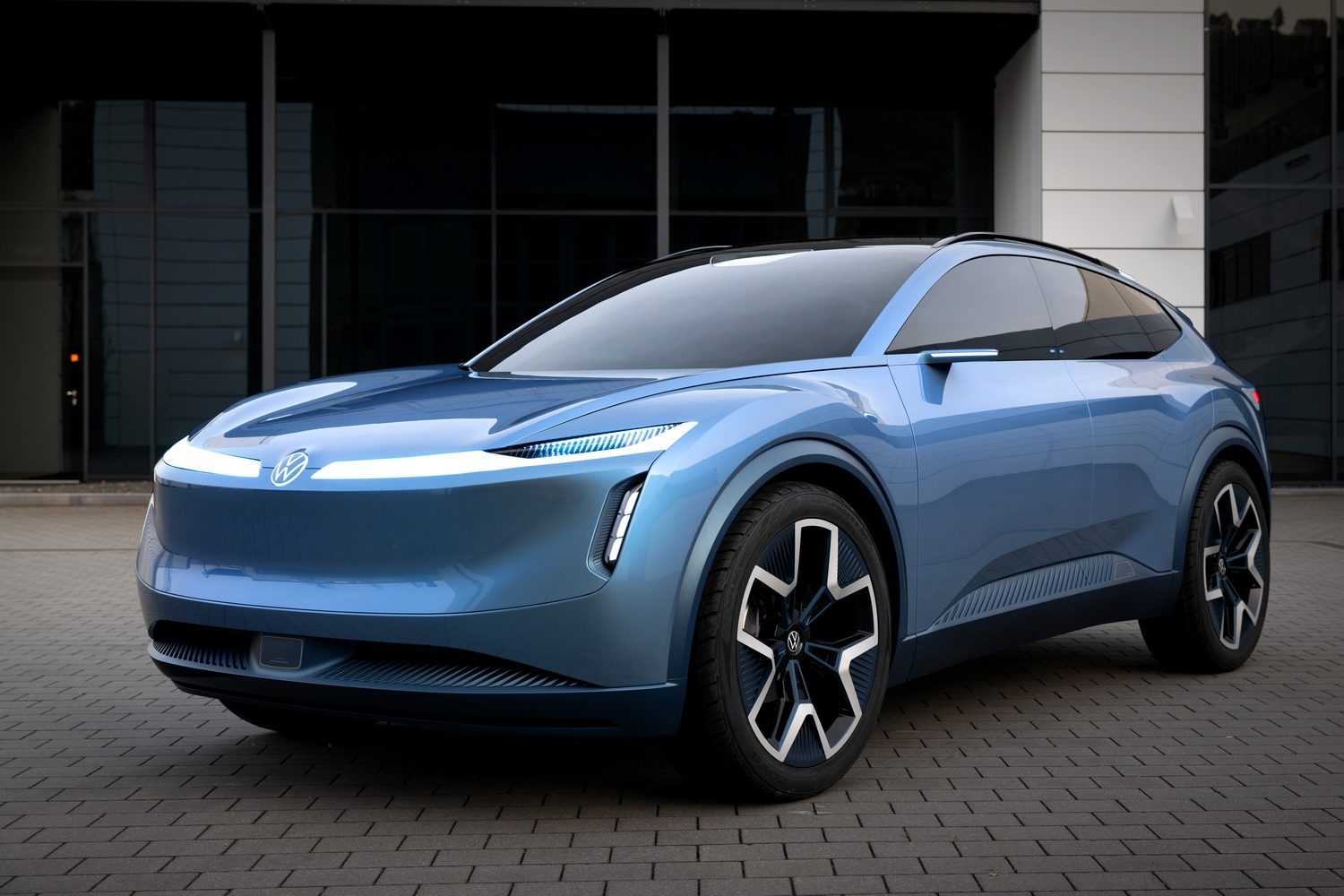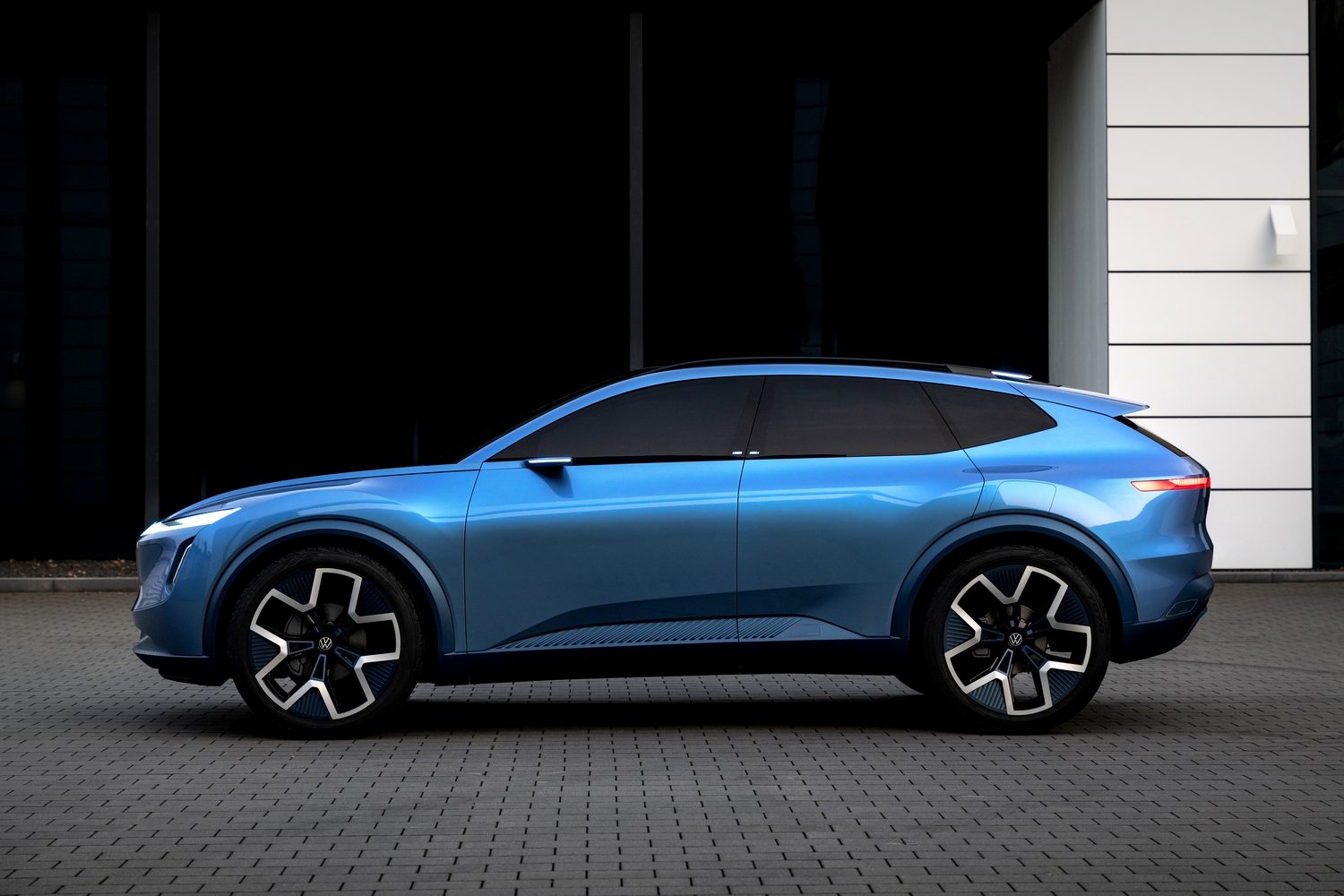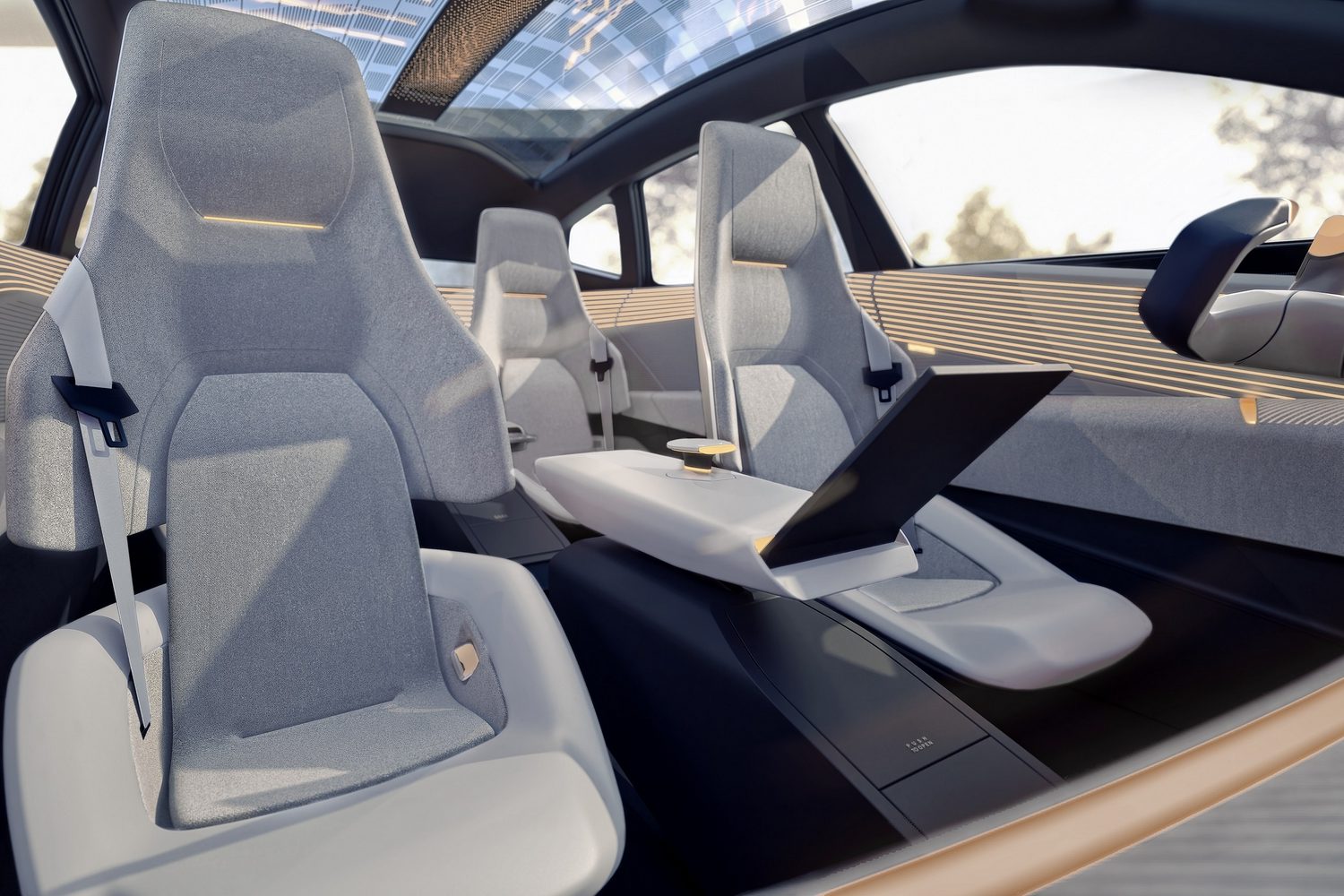The Volkswagen ID. Code is a glimpse into the future of the brand’s next generation of cars, with a host of advanced technologies, including Level 4 autonomous driving and a virtual avatar assistant that can help with day-to-day tasks - the ID. Code has been created specifically with the Chinese market in mind, but its designers have hinted that its styling could seep into European models, too.
At the concept’s debut at Auto China in Beijing, Thomas Schäfer, Volkswagen CEO, said: “The Volkswagen brand can already look back on 40 years of success in China, and we are continuing this success story into the new mobility era, thus confirming the trust of our Chinese customers.
“The ID. Code gives a first preview of the future of Volkswagen in China: with a new design, a new technology standard and a holistic brand experience - specifically oriented to the needs and wishes of our Chinese customers. We are ushering in a new era of mobility in China, together with our Chinese partners.”
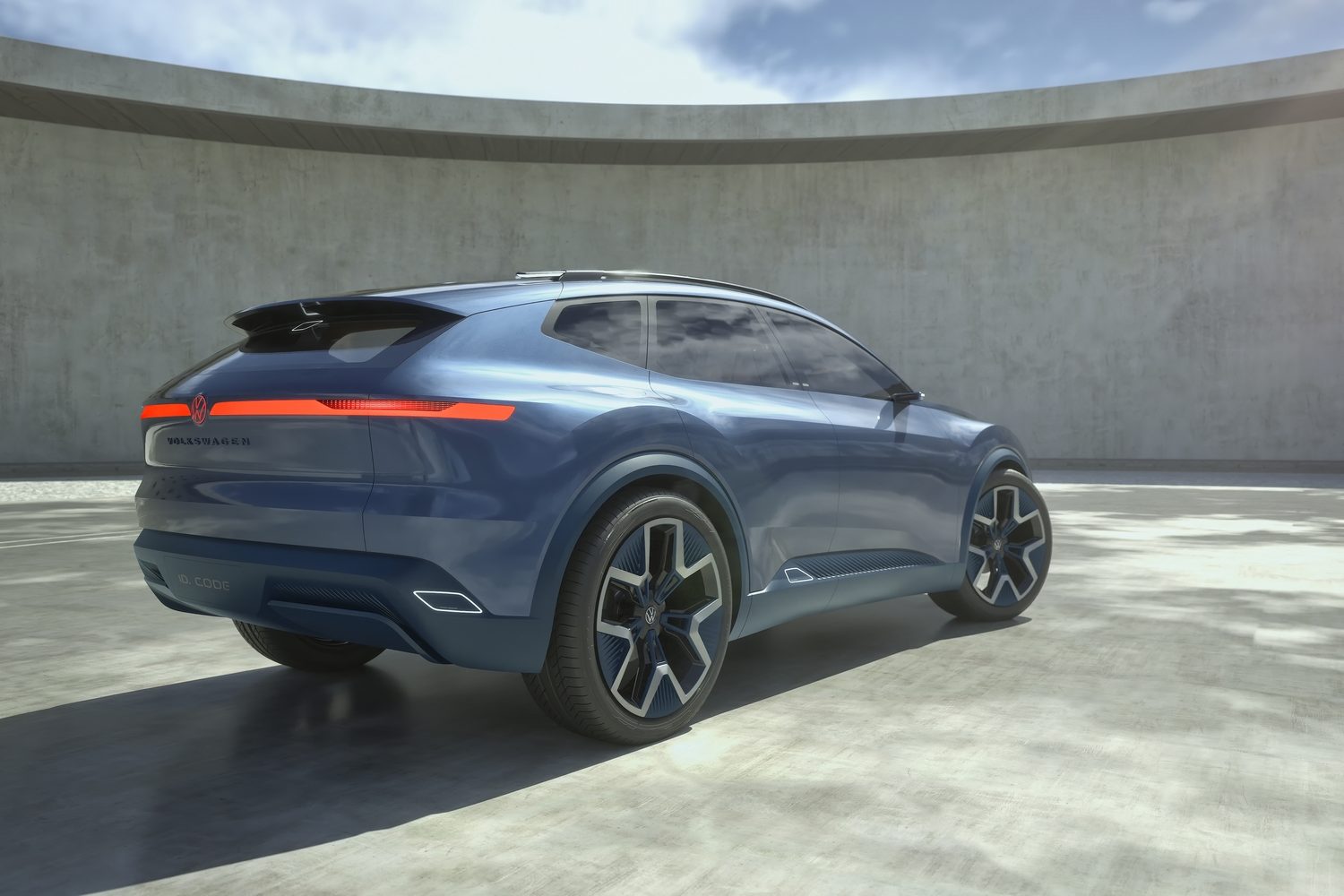
A design that changes with the seasons
The face of the ID. Code harnesses light design to go beyond mere illumination. Different colours and patterns can be chosen for the flush-fit light bars across the front depending on preference or according to the seasons. Ultra-thin headlights feature micro-LED technology that provides long-range matrix projection without the appearance of larger headlight units.
On the side window, a digital avatar can appear as you approach the car and notify you of various items, such as what you need to do today or that it might rain later so you can pack an umbrella.
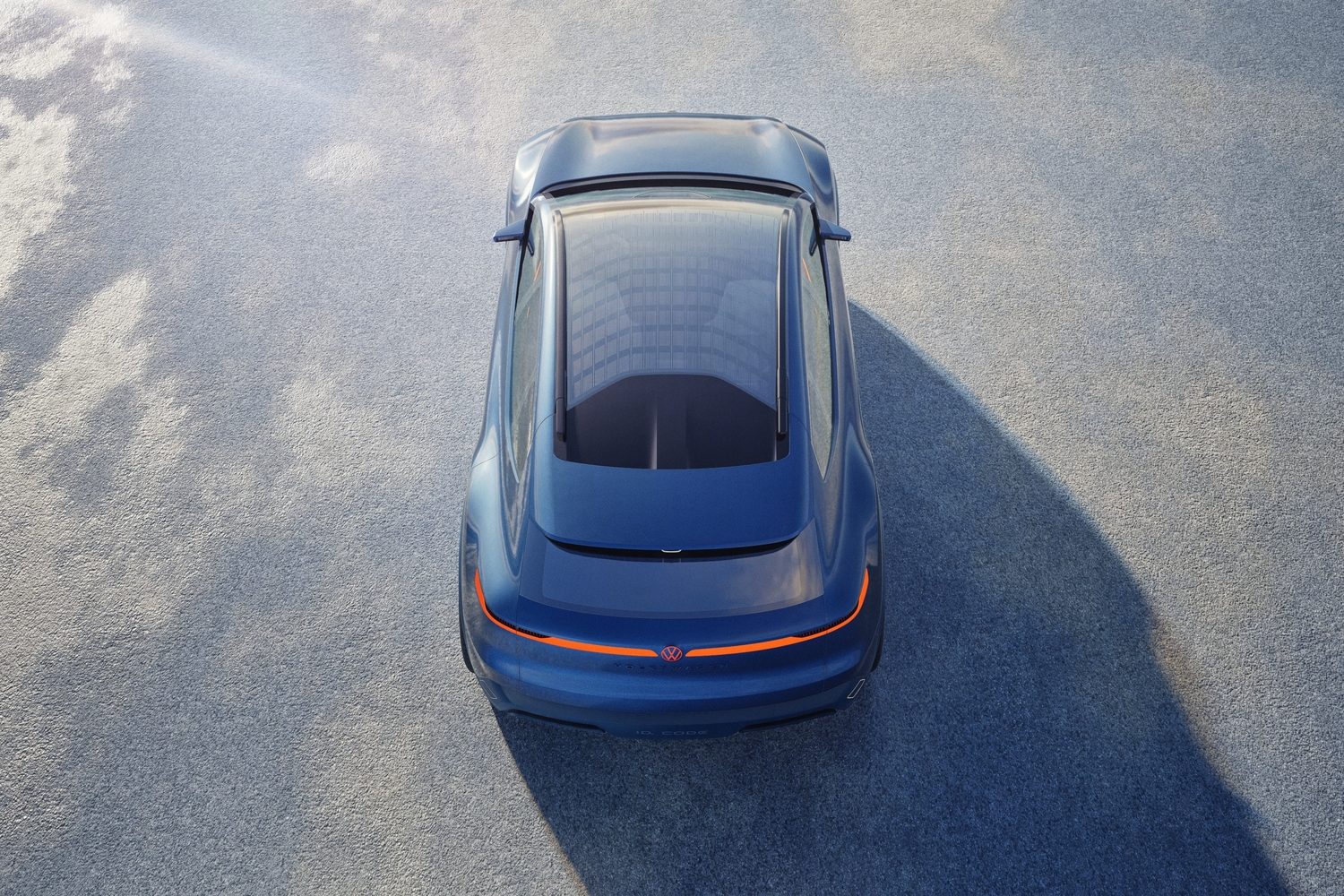
Taking on the form of a large electric SUV, the ID. Code has sporty proportions, including a sloping roofline with pronounced wheel arches. It sits on massive 24-inch wheels. The doors, hinged at either end, open to reveal a pillarless entry to the spacious interior.
A luxurious cabin
On the inside, there is a four-seat layout that prioritises comfort. Lounge-style seating includes sustainable, recycled materials and can recline to provide occupants with greater levels of relaxation, such as when the vehicle is charging during a journey. The steering yoke looks more like something out of a spaceship than a car, and when the autonomous driving mode is activated, it tilts forward and retracts into the dashboard.
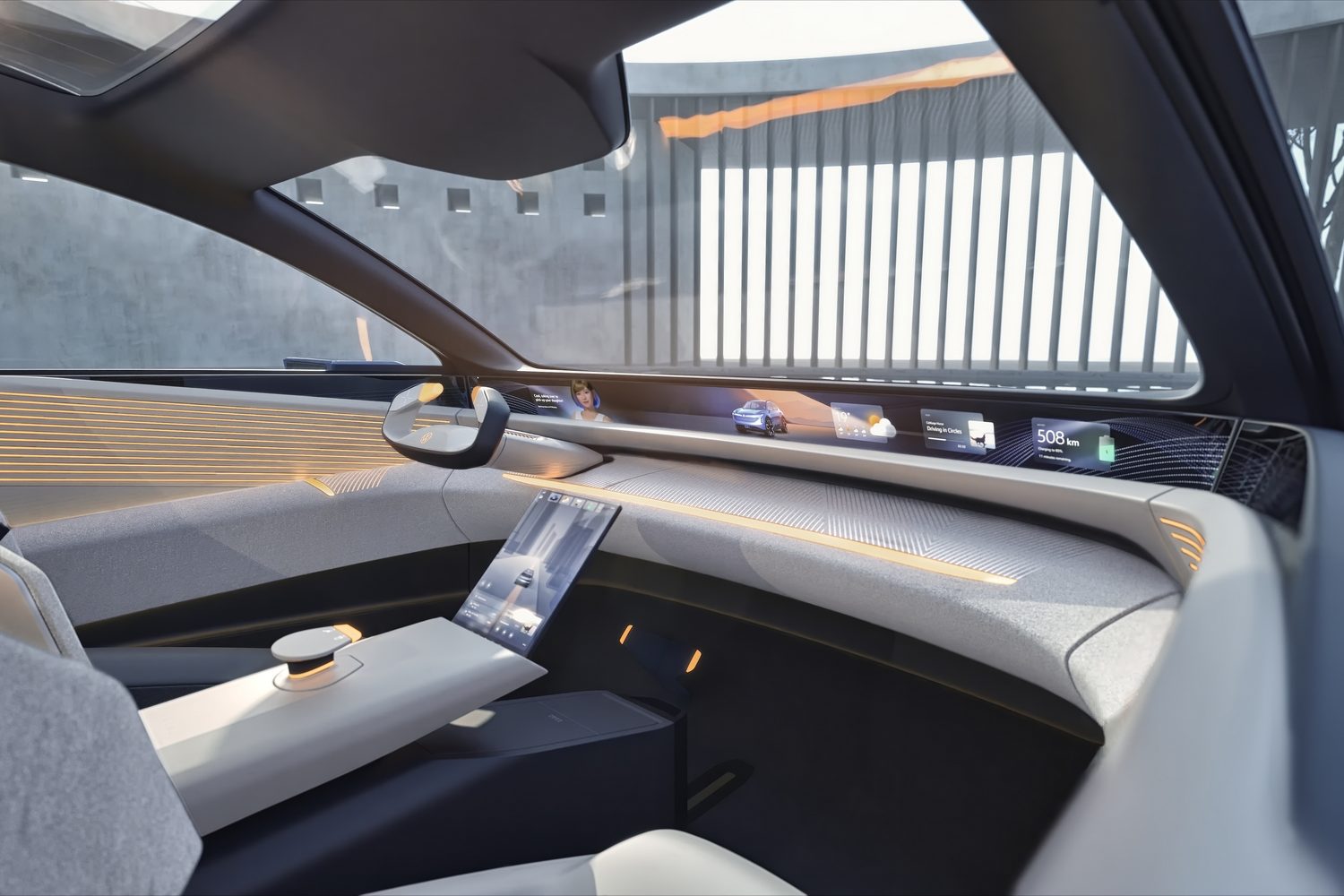
A full-width wraparound digital display fills the space beneath the windscreen, and it can display myriad items according to the driving scenario or preference. Ambient lighting strips surround the cabin, adding to a warmer, more homely ambience. The centre console between the front seats contains an angled touchscreen that is home to all the secondary driving functions should you want to use something other than the digital assistant.
Passengers in the rear also get an identical centre console. Both units contain a pop-up lamp that doubles as a cupholder. The touchscreen display can retract when it is surplus to requirements. The front seats can swivel 180 degrees to allow for face-to-face conversation with those in the rear.
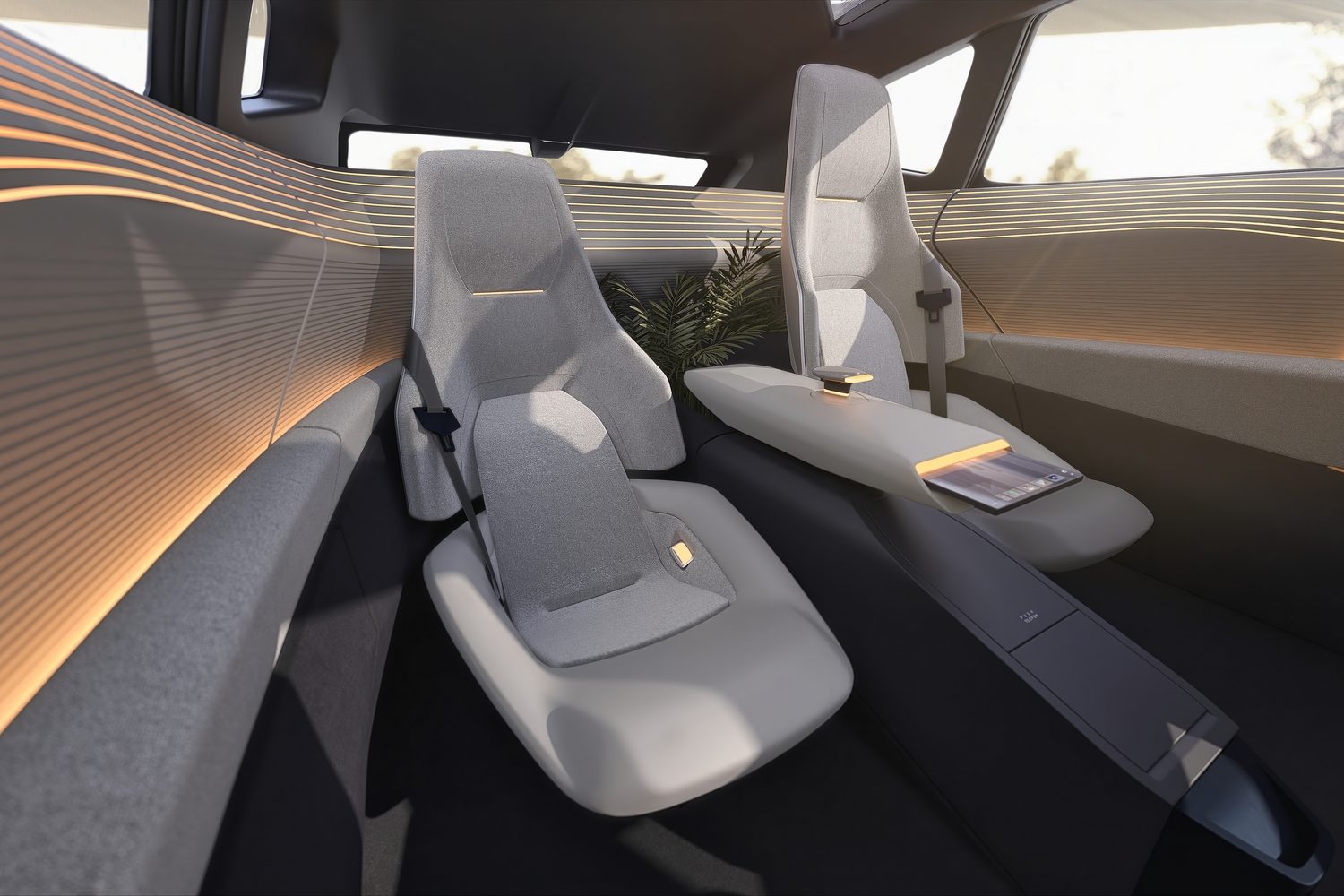
How Level 4 autonomous driving will work
VW’s designers have chosen discretion for how the array of sensors that its Level 4 autonomous driving requires are fitted to the ID. Code. A mid-range radar is fitted at the centre of the lower front bumper, while the Lidar sensor array is found at the top of the windscreen. These, along with numerous other hardware items around the car, illuminate in teal when the car is driving in its autonomous mode.
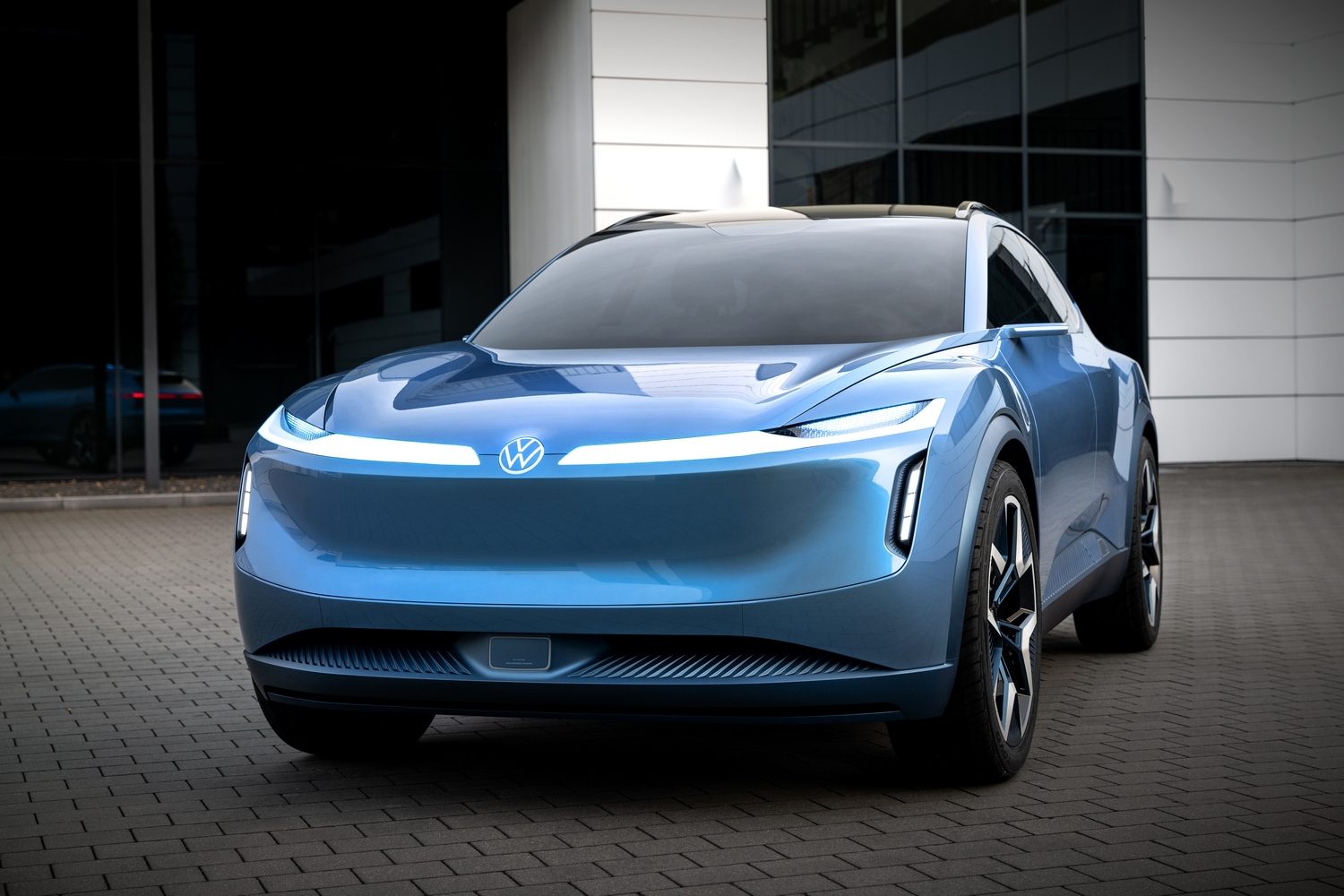
This function highlights the car’s many sensors while also signalling to other road users that the vehicle is driving autonomously. Level 4 technology would mean drivers do not have to hold the wheel, steer or operate the accelerator or brakes during a journey. It remains some years off before we’ll have such technology widely available, but the illumination of vehicles when operating autonomously is approaching a form of industry standardisation, as demonstrated with the ID. Code.
Volkswagen’s self-cleaning car
Most EVs have an entirely flat cabin floor and the ID. Code is no different. That has enabled its designers to be creative by equipping the concept car with its own robot vacuum cleaner. Similar to the type of automated vacuum cleaner you might have at home, this mini robot lives inside the car and emerges from its home during the night (or whenever it’s needed) to trundle around the cabin, sucking up any dust or crumbs that might be there.
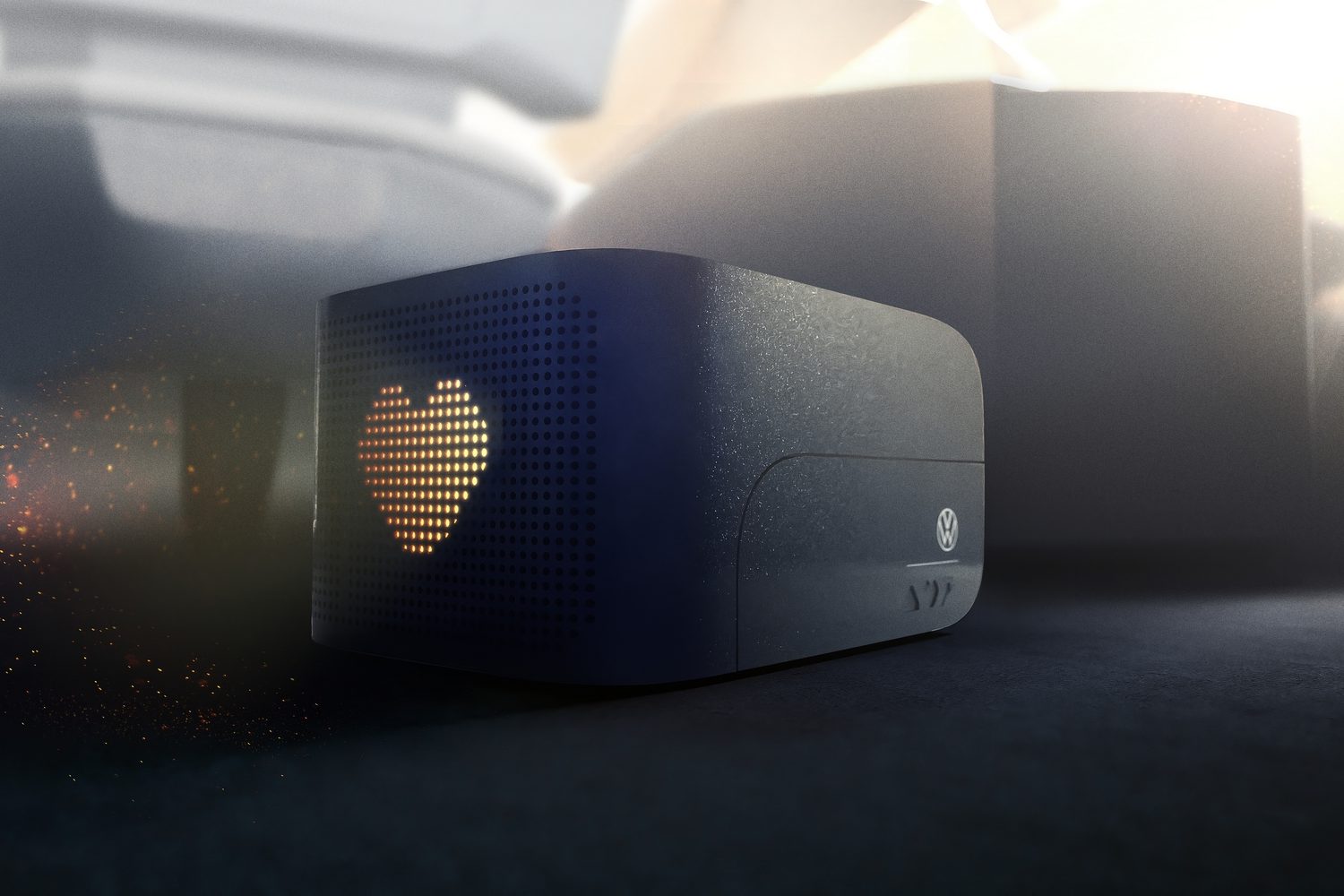
Its dot matrix ‘ace’ can indicate when it’s sleeping. The vacuum charges when the car is in motion, or people are inside, and if it detects that the floors are especially dirty, it switches into ‘Turbo Mode’.
The ID. family is set to expand
Volkswagen has plans to expand the ID. family to a total of 16 models by 2030, with five of those electric vehicles under the new ID.UX sub-brand that starts production in 2027. This new product offensive in China will include 12 new internal-combustion-engined models and six hybrids by 2030, including plug-in hybrids with electric ranges exceeding 100 kilometres. These models will use the MQB and MEB platforms and a new China-specific electric vehicle platform being developed by Volkswagen China Technology Company (VCTV) as part of a broader cooperation with XPeng. That platform will initially underpin at least four new entry-level electric models from 2026.
The ID.UX sub-brand will target younger buyers in China through models with “lifestyle-orientated design” and more driver-centric interiors. These will place a greater emphasis on the interior displays and operating systems. The first will be the ID.UNYX, slated to launch later this year.



